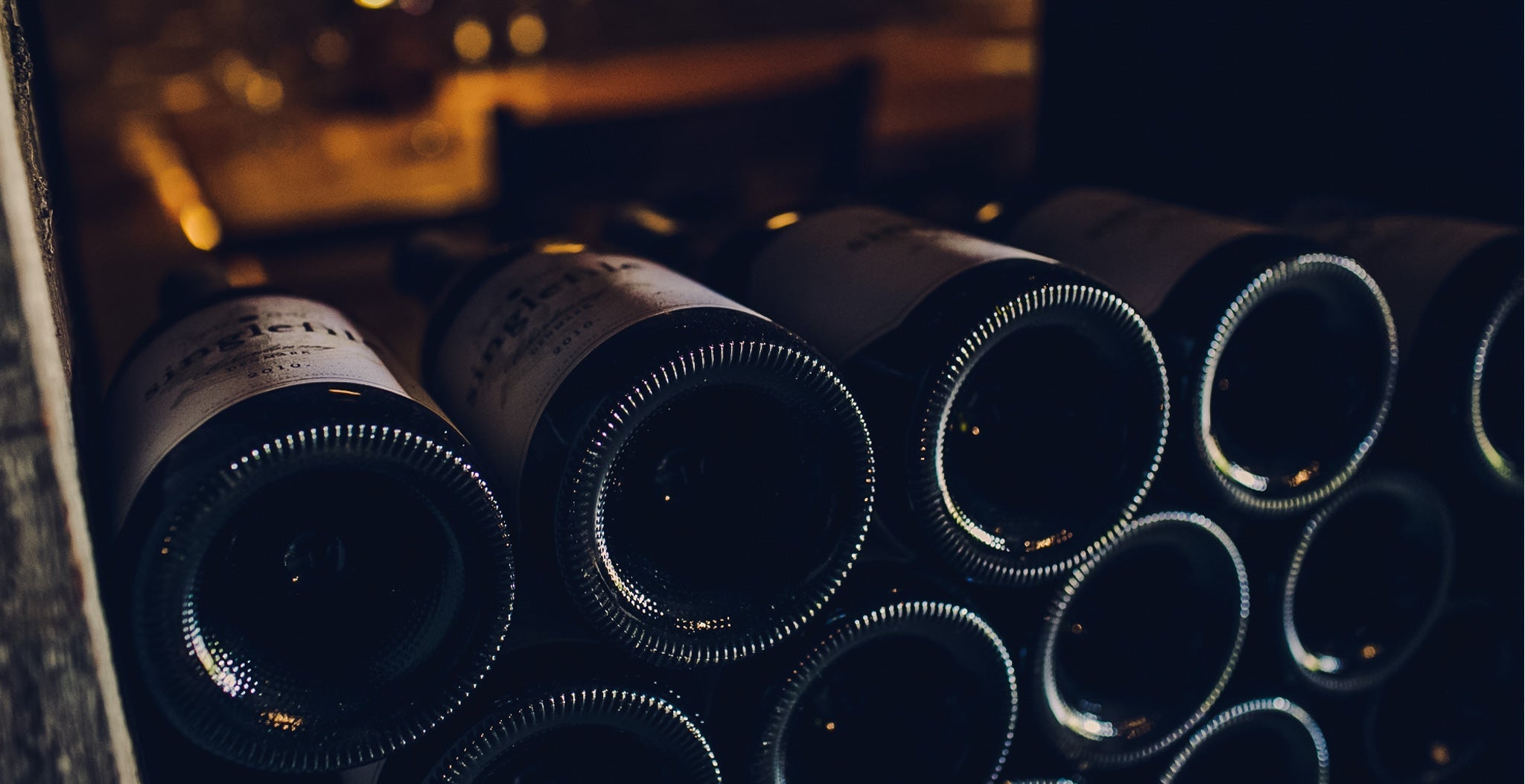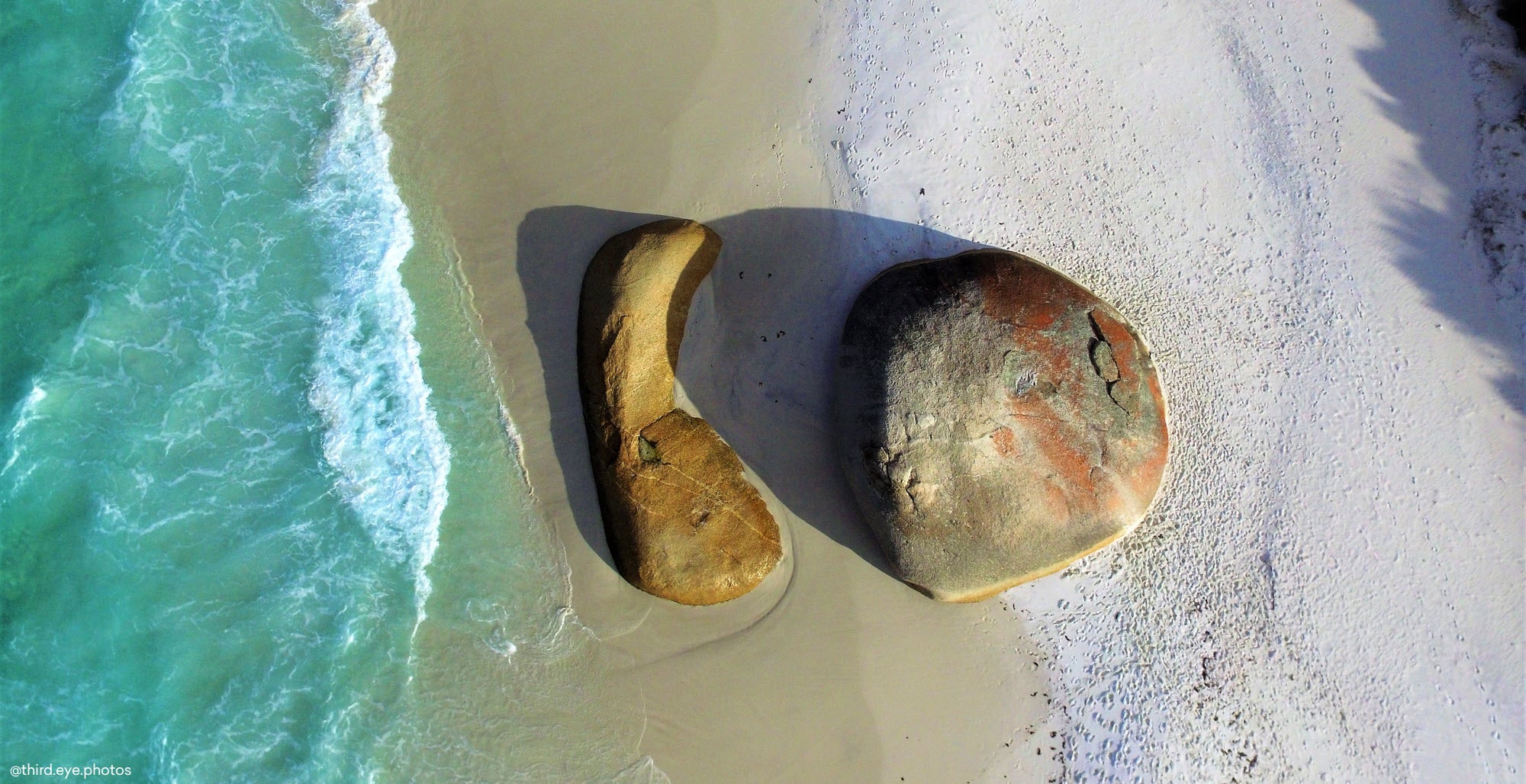
When does wine reach its peak drinking age?
The mysterious alchemy which occurs when ageing wine is a fascinating phenomenon. Age-worthy wine has a beguiling ability to transform into an entirely different drink with time in the bottle. Why? There are many factors that contribute to its transformation, including terroir and vintage conditions, grape variety, winemaking techniques, as well as a little magic. Then, once the wine is bottled, its cellaring comes into play. A wine’s evolution over time is uncertain, and to open an aged bottle from the cellar is, to some extent, to embrace unpredictability.
However, at some point, the wine reaches its peak drinking age. There’s no magic number or algorithm to ascertain when this ideal point has arrived. As to when you open the bottle, it’s a big decision. Will the wine have reached its full potential, or, disappointingly, aged past its prime? Here, we offer some guidance to help you make the decision.
What makes an age-worthy wine?
It’s worth noting that, somewhat ironically, the phrase “ageing like a fine wine” rarely applies to wine — most are not designed for cellaring, but rather crafted to be enjoyed soon after release. Personal taste is equally important: while some wines can age and develop with grace, if you prefer fresh fruit flavour and vibrancy in your wine, rather than more complex secondary characters, then it makes sense to drink your wine young. Ageing a wine doesn’t necessarily make it better; it simply makes it different.
There are some general rules of thumb to consider when selecting wines which may be suitable to cellar. It may seem like obvious advice, but start by choosing a quality wine. Time in the bottle, even under careful cellaring conditions, will never improve a substandard wine. Then, consider the profile of the wine. To offer cellaring potential a wine must have both balance, and structure. A balanced wine presents its elements — fruit flavour, acidity, oak presence, tannins — in harmony. The structural elements that ensure longevity are primarily tannins in red wine and acidity in white wine, as well as sugar in dessert/fortified wines.
Which wines have ageing potential?
For white wines, it’s most commonly chardonnay, riesling and semillon — these varieties have high levels of natural acidity ensuring that as the acids soften over time, the wine will remain balanced and retain some freshness. Oak ageing or fermentation, often used when crafting chardonnay, also contributes tannins and richness which can lend to age-worthiness. High-end vintage champagne can also age beautifully due to its high acid levels, as can many dessert wines.
For reds, varieties which offer noticeable tannins and higher acidity are well suited to ageing. These structural elements act as preservatives, slowing ageing and oxidisation, and over time, become softer, rounder and more mellow, while contributing complex secondary flavours. Cabernet sauvignon, shiraz, and pinot noir are well regarded for their cellaring potential.

When should I open my bottle?
While there are always exceptions to the rule, such as exceptional vintages and truly outstanding wines which offer extended ageing promise, there are some very general timelines to consider when choosing an aged bottle from the cellar:
- Most white wines offer the best drinking within about five years of bottling;
- Thinner-skinned, lower tannin red wines are generally in their prime for about five to seven years after bottling;
- Thicker-skinned red grapes often show their best between five to ten years after being bottled.
There are other tools that you can use to help make a decision with a specific bottle, such as critic tasting notes which often offer a suggested drinking window, or researching great vintages for a variety or wine region — an outstanding vintage often translates to great ageability. Many wineries also offer cellaring advice on their tasting notes or websites. In Singlefile’s case, many of our wines do offer extended cellaring potential, which is noted at the foot of our tasting notes.
Finally, consider your own preferences. As wine ages, its secondary and tertiary qualities become more prominent. For white wines, this may mean pronounced mineral flavours, notes of nut and spice, and honeyed richness; while reds often become smoother and 'softer', developing earthy complexity, and mushroom and herbal character.
When it comes down to it, our philosophy at Singlefile is to avoid missing the opportunity. We open our special bottles when the moment feels right, and enjoy making an occasion of its opening. We encourage you to do the same, with great company and fine food. And, if you do have a special moment with an aged bottle of Singlefile wine, we would love you to share the story with us.




































